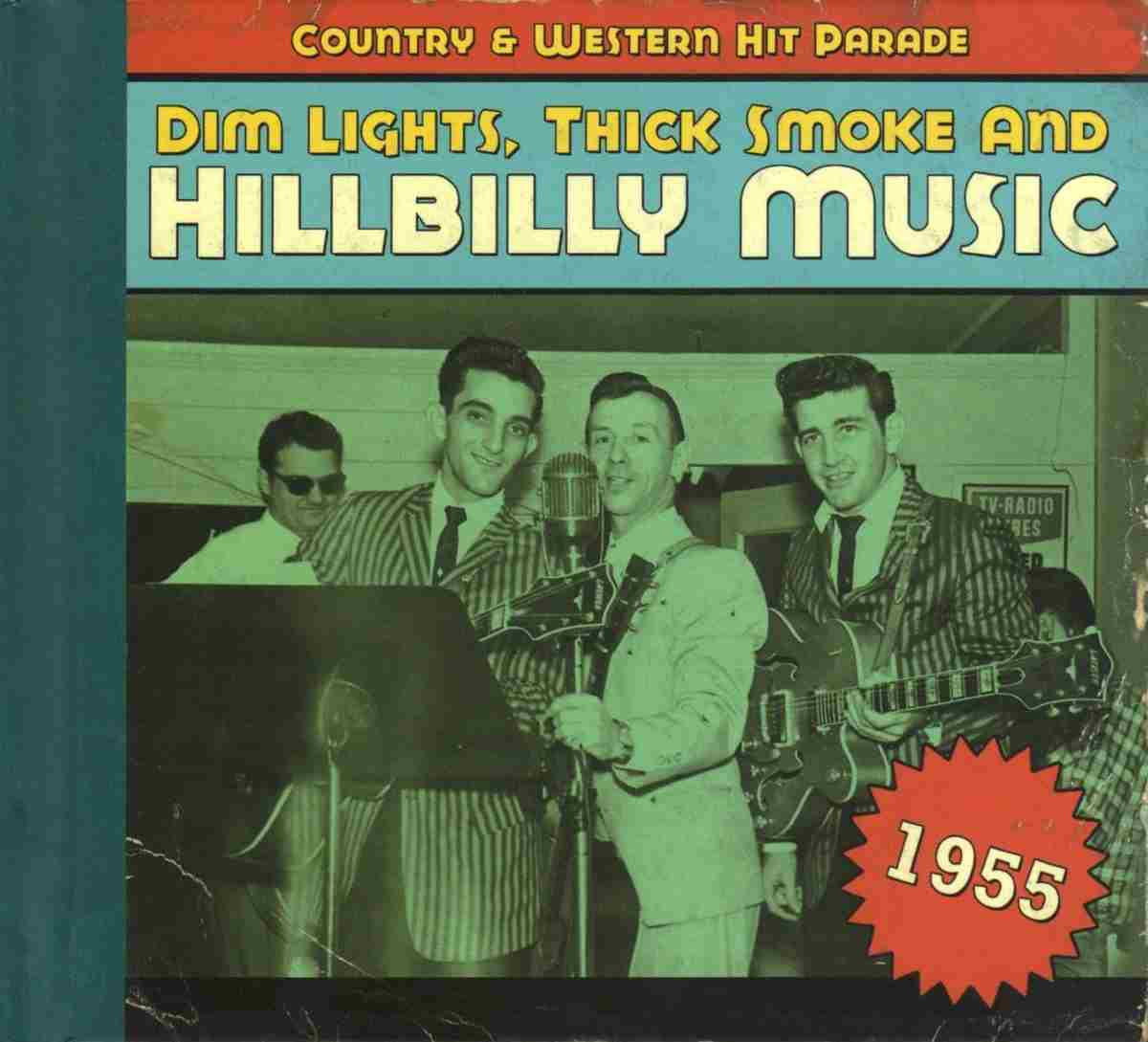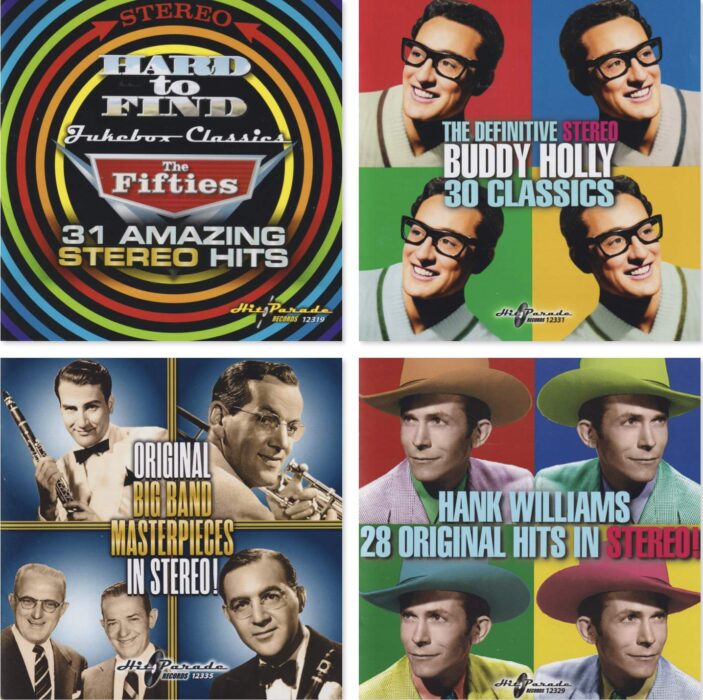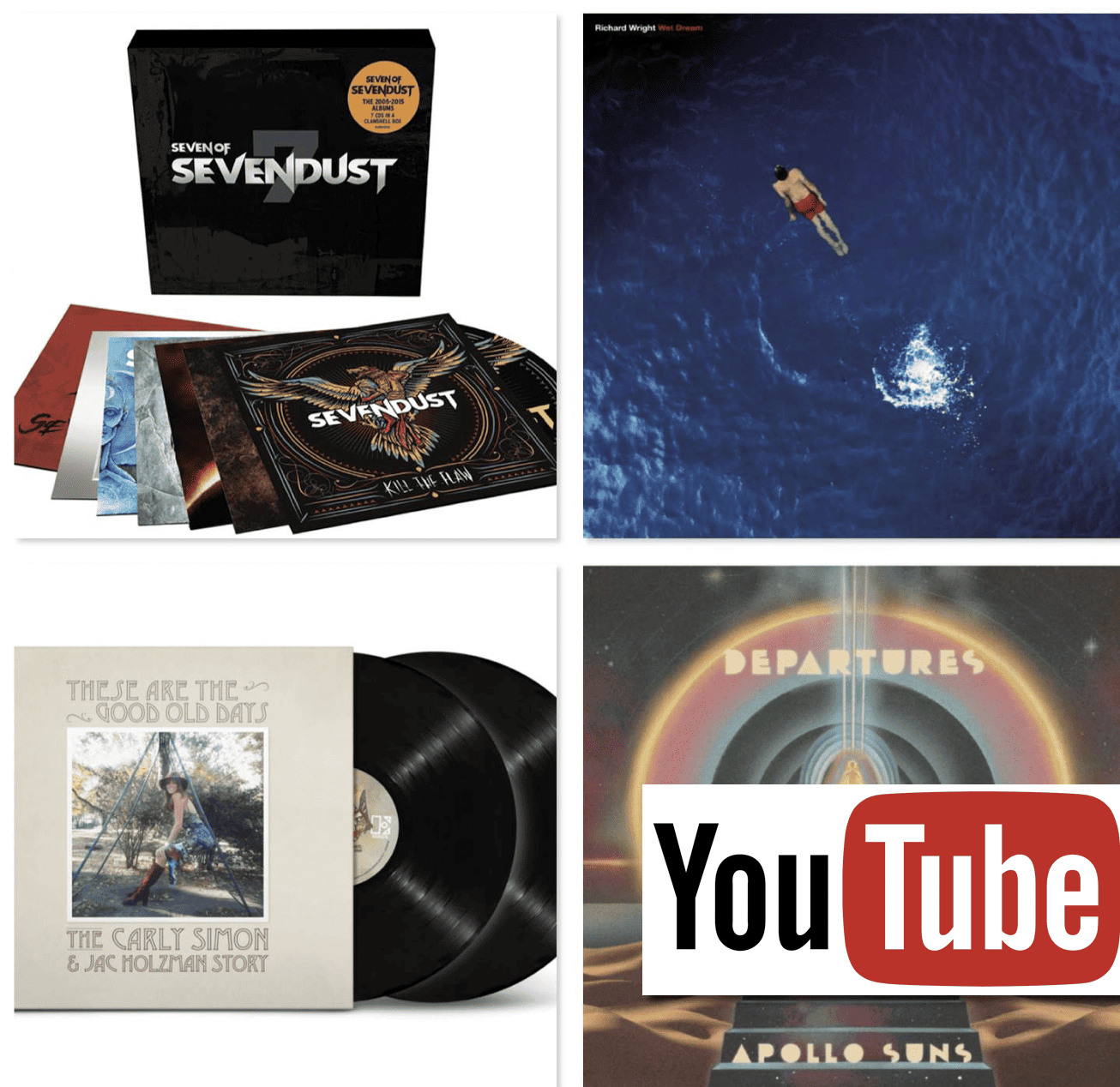The Article
RENAISSANCE, COUNTRY STYLE
28th October 2022
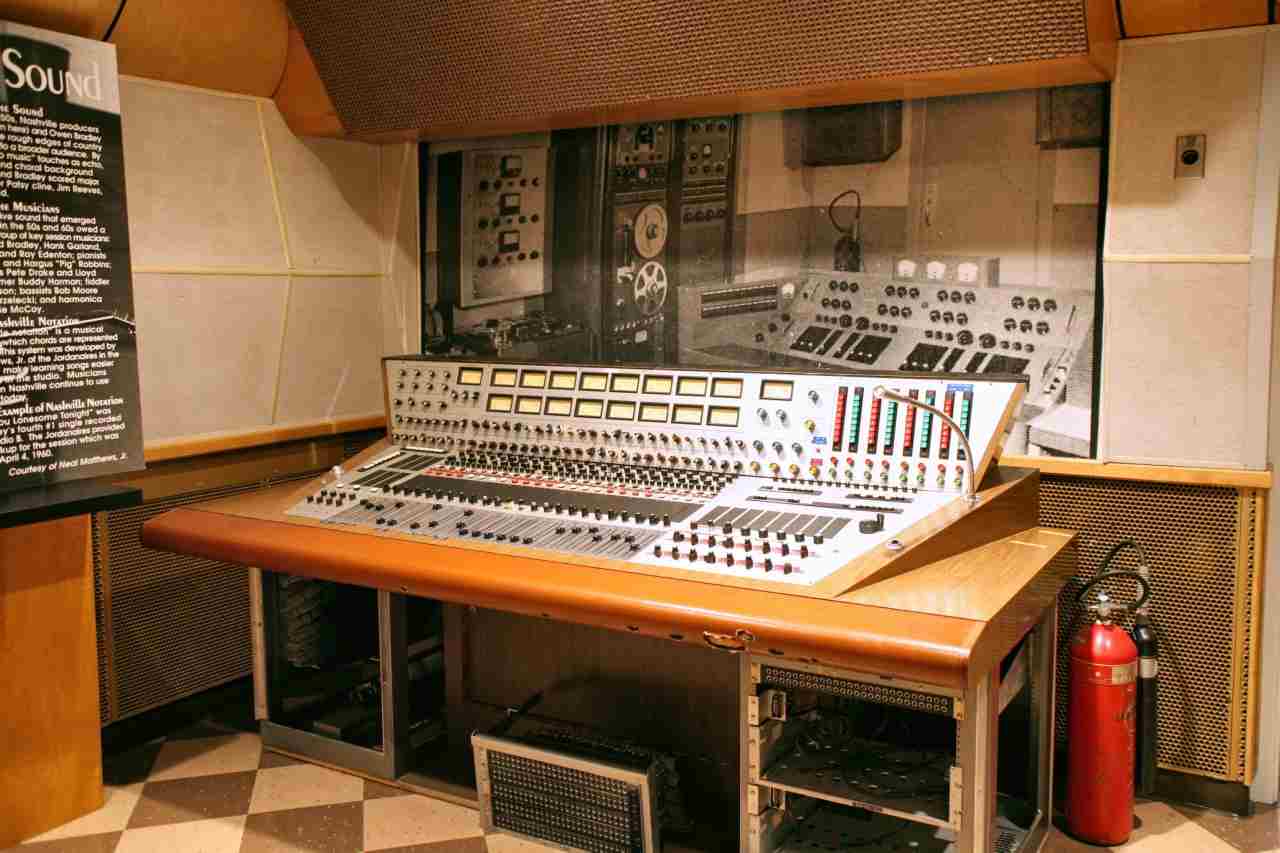
The time when ‘longhair country music’ invaded Nashville was a time of great upheaval and, for many, triggered a sigh of relief
What’s that Chinese curse, again? ‘May you live in interesting times’? There is nothing as interesting as failure and change. It illuminates. It teaches you about people, how they act and react, their strengths and weaknesses and how people and organisations adapt to circumstances. Success is boring to the outsider. It demands little from any individual except minor efforts to push the wheel to keep it moving in the right direction.
‘Change’, however, creates stories and legends. The original Chinese curse referred more to wars, famine and pestilence but the 60s provided a whole new meaning to the notion of ‘interesting times’. Despite the fact that music fans bang on about the period — probably too much for some people — the 60s hasn’t received the cultural recognition that it deserves. That decade saw a major renaissance on par, in my opinion, with the great Renaissance of the 14th-17th centuries but because of mass media, cheap and available travel and the speed of communication, the evolution of this particular renaissance was compressed into little more than a decade.
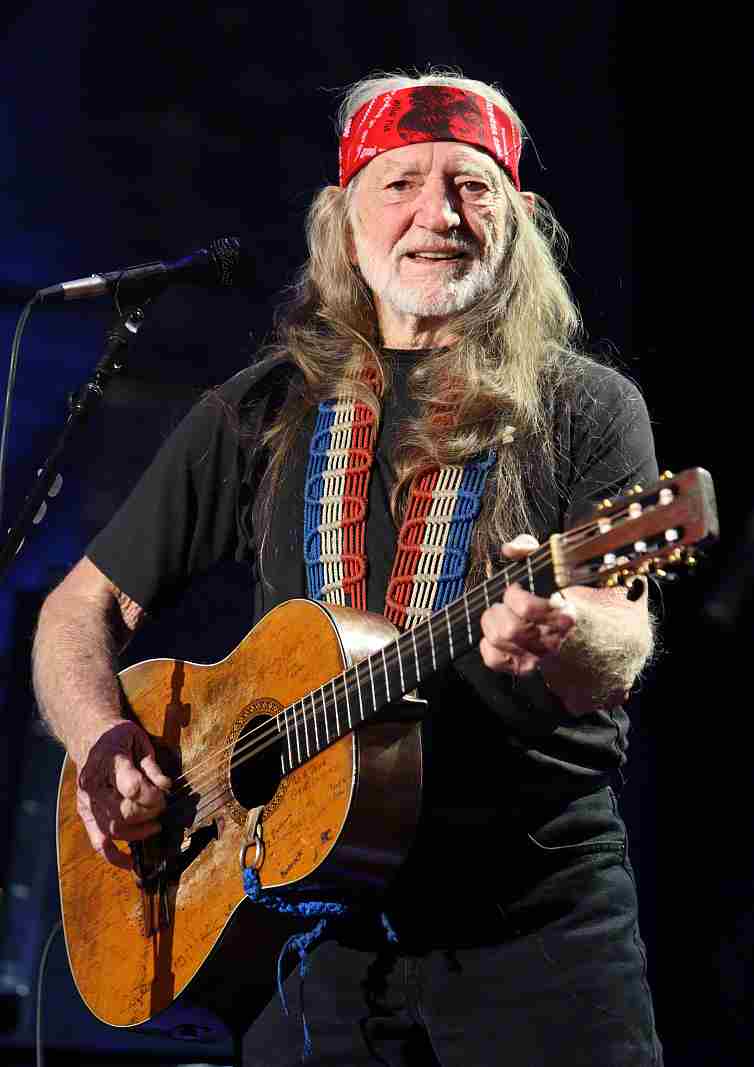
The 60s saw incredible upheavals in art, music, architecture, politics, social mores, technology and more. What I find just as interesting are the changes that are not quantified, qualified or explained. We tend to hear about the headlines: The Beatles and The Stones; counterculture, feminism, spaceships and satire plus the Mini skirt and the Mini car. What we miss are the less glamorous avenues of this tumultuous time.
Country music is one such subject that experienced serious ructions, at this time, reflecting changes in society and the changing expectations of the people involved but the topic is neglected because of its complexity. I will have a stab at it, however.
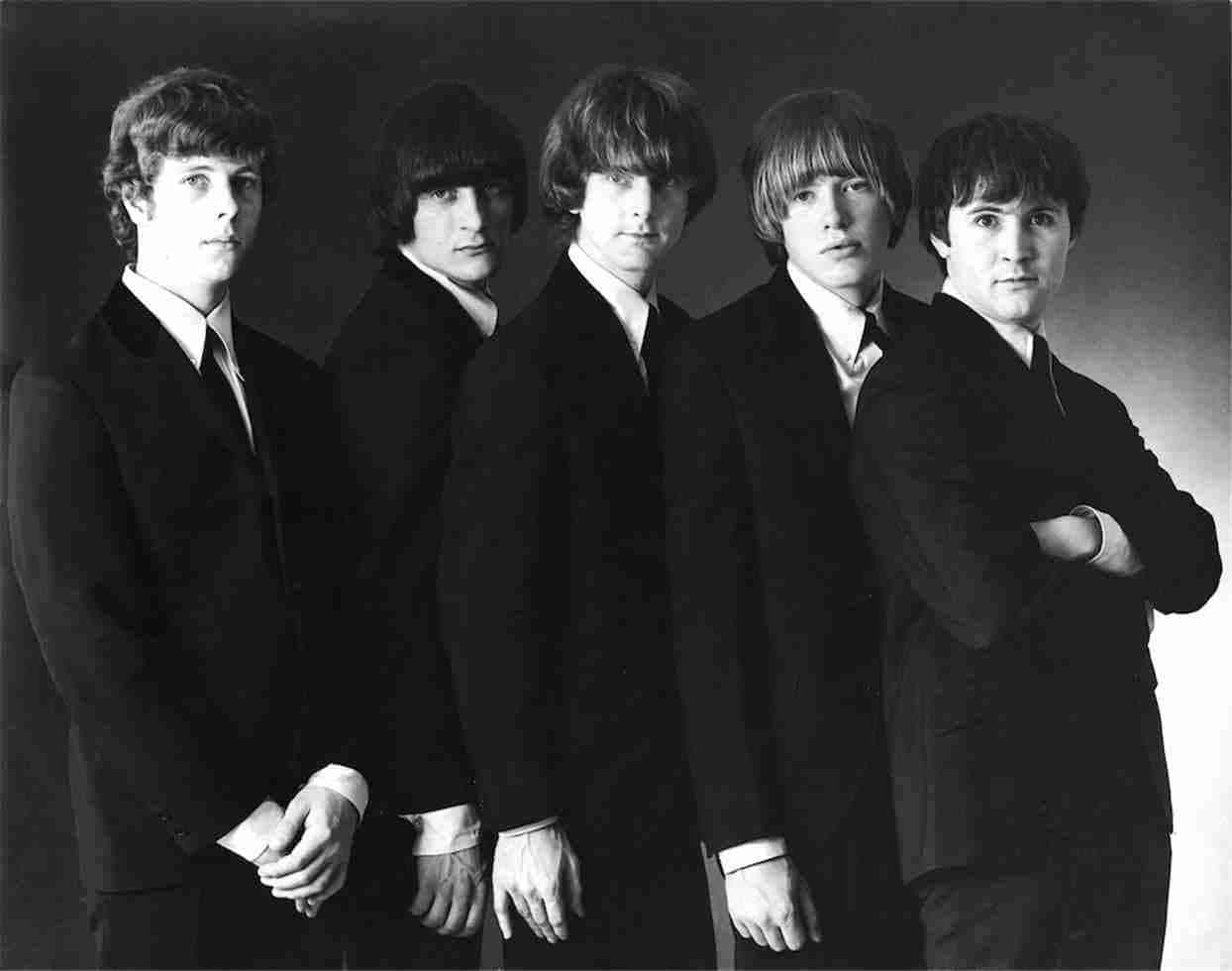
Where to start? The structure and politics of country was changing during the 60s. The centre of power began to focus on Nashville, “Nashville was the store,” commented singer, Willy Nelson, “if you had something to sell you had to go there.” This concentration wasn’t a great move and it became the nub of country music’s deflation. Think about it. One tiny area of the USA, a massive landmass, dominates an entire genre of music? You can see what’s going to happen. The singers use the same studios, the same producers, the same session singers and songwriters…is it any wonder that the records all sounded the same? More than that, the genre went commercial, too commercial for some, entering the pop arena.
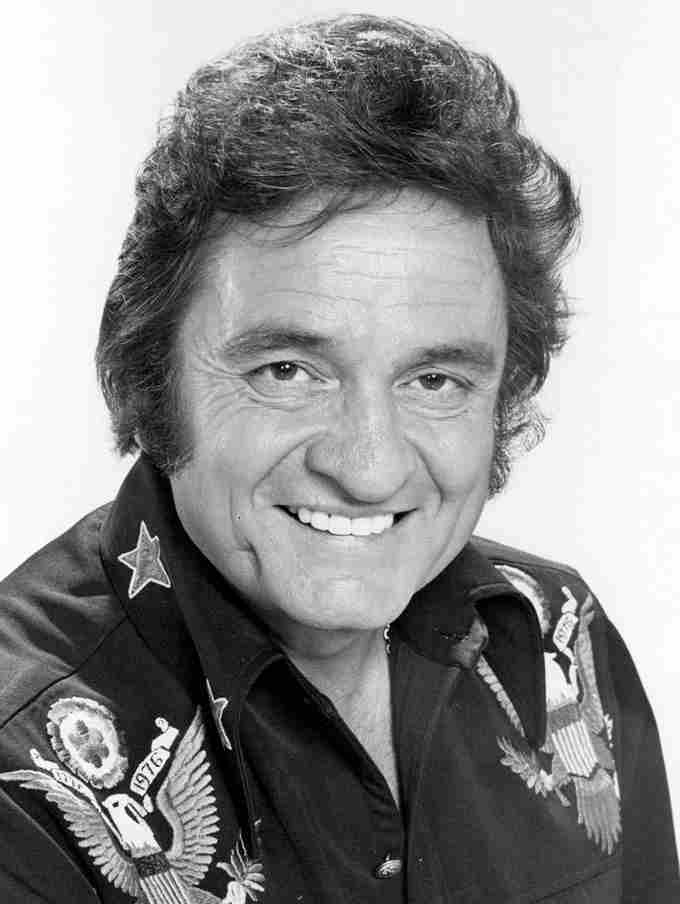
The labels themselves also suffered from a lack of imagination. At Columbia, label president, Clive Davis, appointed Bob Johnston as the new A&R chief in 1967 resulting in some of the worst country records ever made. Davis later wrote that Johnston, “…kept giving interviews saying how he was going to shake things up in Nashville.” Instead, said Davis, “…very little was happening.”
Anger started to rise from the fans and artists, who felt restricted. Singer, Johnny Bush, said of Johnston’s successful predecessor, Don Law, “Do you know why A&R men like Don Law were so great? They kept their f*****g mouths shut and left it to the musicians to work it out. And let the artist be the artist.” Action was taken.
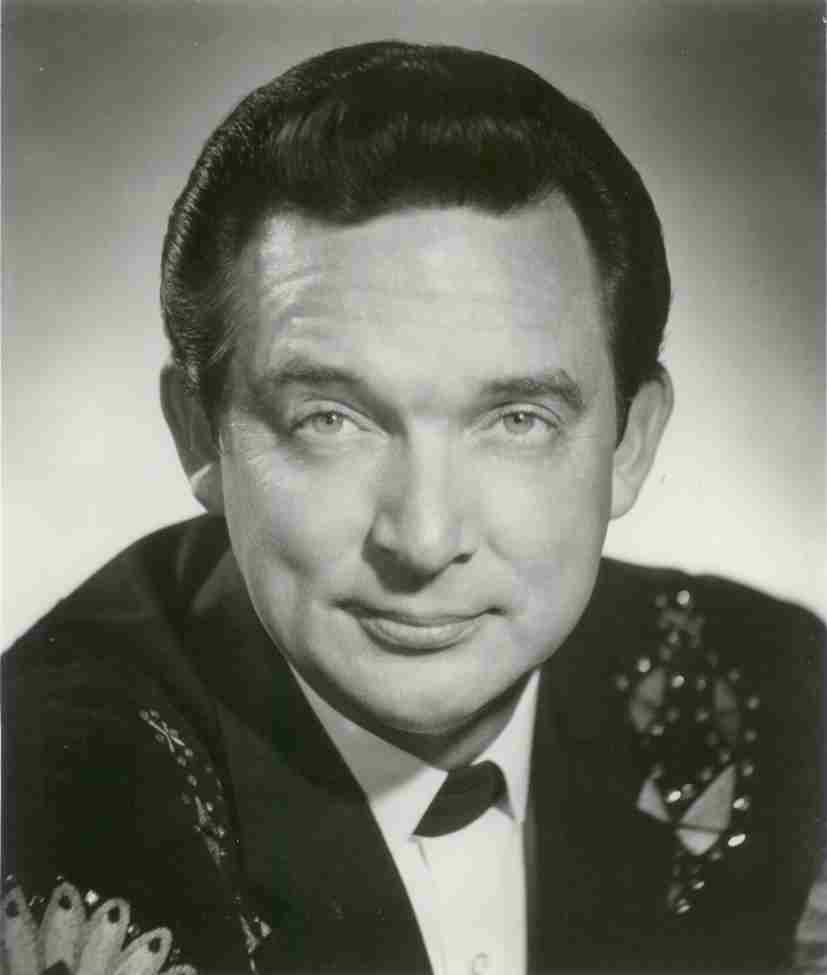
An early move was the commercial introduction of country rock, a revolutionary change, at the time. Rockabilly could be called country rock at a pinch but, when we discuss the genre, we normally refer to the conflagration of country with the established rock genre of the time, as promoted by Gram Parsons via his International Submarine Band, the Flying Burrito Brothers and The Byrds. This ‘longhair’ country took a while to be accepted by both fans of country and rock but it was to become a central focus of the music industry with the onset of The Eagles, Doobie Brothers, Neil Young, Linda Ronstadt and more.
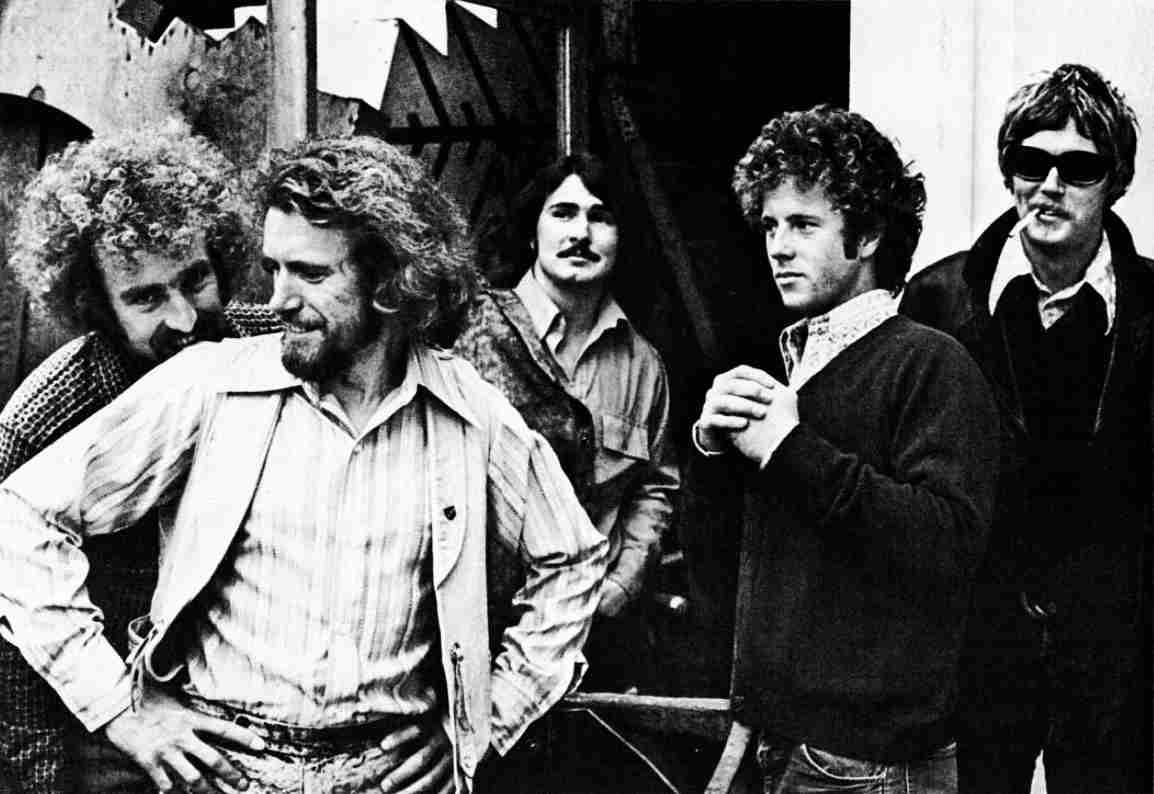
Country music also began to properly exploit the media for the first time. The 60s was the decade when all of the major country awards were set-up that elevated publicity and marketing for the genre. Arguably more effective, was country music on television. Previously derided as ‘hillbilly’ music (something, it was perceived by Middle America, that would only be of interest to straw chewers and hicks) country music was attaining the sort of respectability that it had hungered after for many years as both Glenn Campbell and Johnny Cash hit the American screens late in the decade.
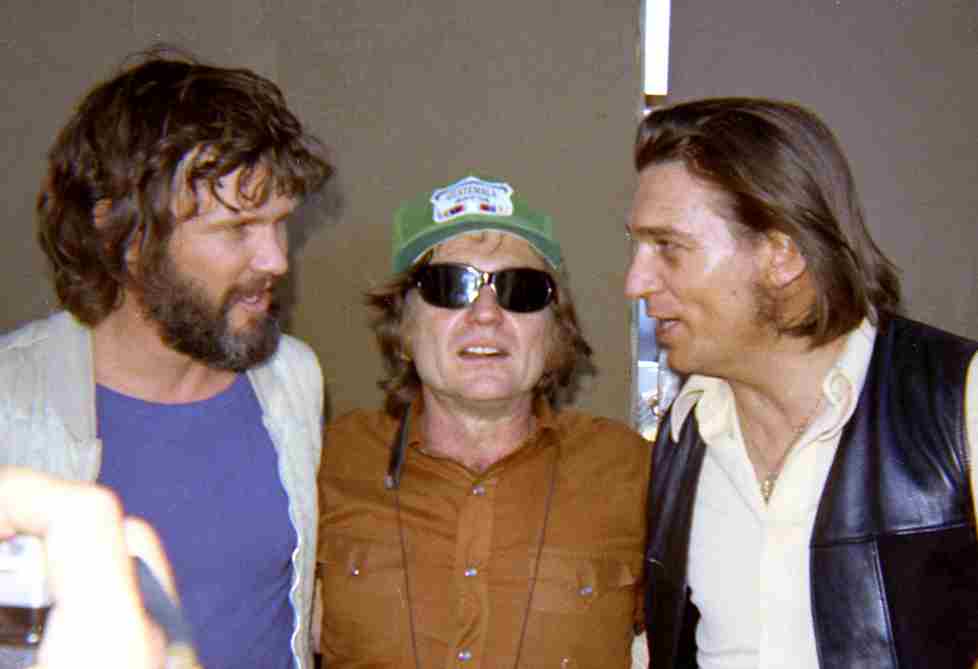
Angry ‘core’ artists also began to fight back with the introduction of the ‘outlaw’ singer such as Ray Price, Willy Nelson, Waylon Jennings, Kris Kristofferson, John Prine and the resurgent Johnny Cash. You could argue, quite successfully, that these men saved country music from itself.
If you want to examine the history of country during this tumultuous period then I’d recommend taking a look at Bear Family’s (www.bear-family.com) multi-volume, Dim Lights, Thick Smoke And Hillbilly Music series on the genre. Featuring around 30 tracks per CD, presented in hard covers and including 70-page plus mini-books within, they are essential sources for the music historian.

